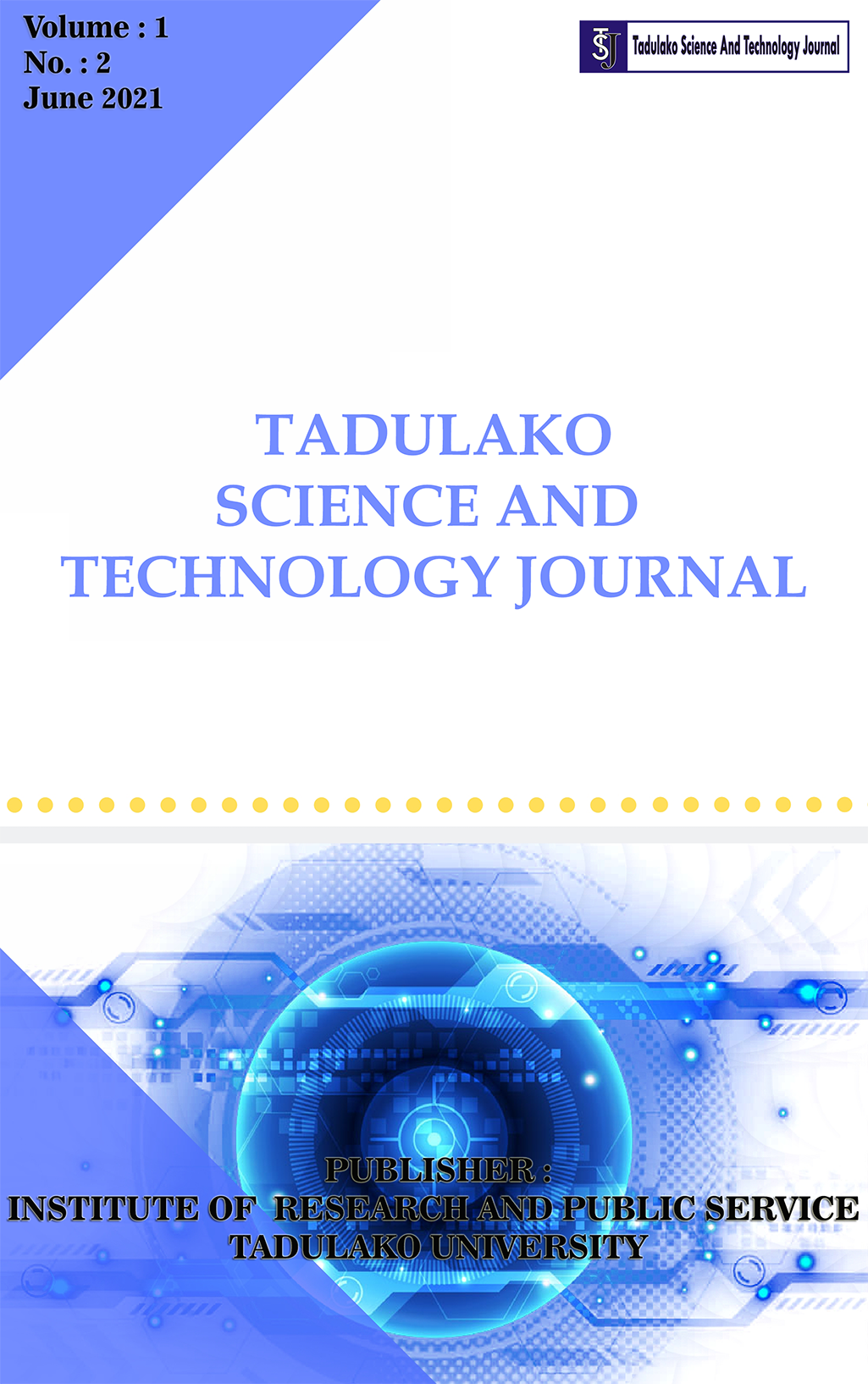Main Article Content
Abstract
Introduction: This research discusses the availability of groundwater in the Ngatabaru Village area. The use of groundwater, which tends to be more intensive and is not in accordance with its availability and utilization zone, ultimately has an impact on the local environment. Method: This study used the overlay method to determine the groundwater conditions in the study area. This method uses 7 parameters to determine the groundwater zone, namely lithology, hydrogeology, land cover, rainfall, slope, drainage density, and lineament density. Results and Discussion: This map produces 5 groundwater occurrence zones which show that 34.32% of the study site is an area with very low groundwater occurrence, then 37.19% is an area with low groundwater occurrence, 9.08% is an area with moderate groundwater occurrence, 12.91% is an area with high groundwater occurrence and 6.5% is an area with very high groundwater occurrence. Conclusion: Based on the analysis, Kelurahan Ngatabaru has low annual rainfall, ranging from 0 to 800 mm. The slope is steep in the east and slopes to the west, with forest land cover in the east and scrub and settlements in the west. Geologically, the area consists of schist, granite, and conglomerate lithologies, and has aquifers with high, low, and little productivity.
